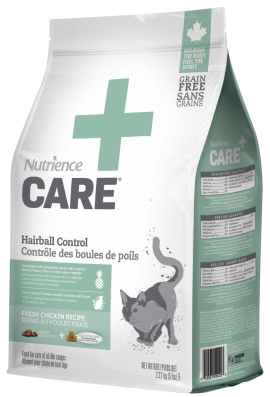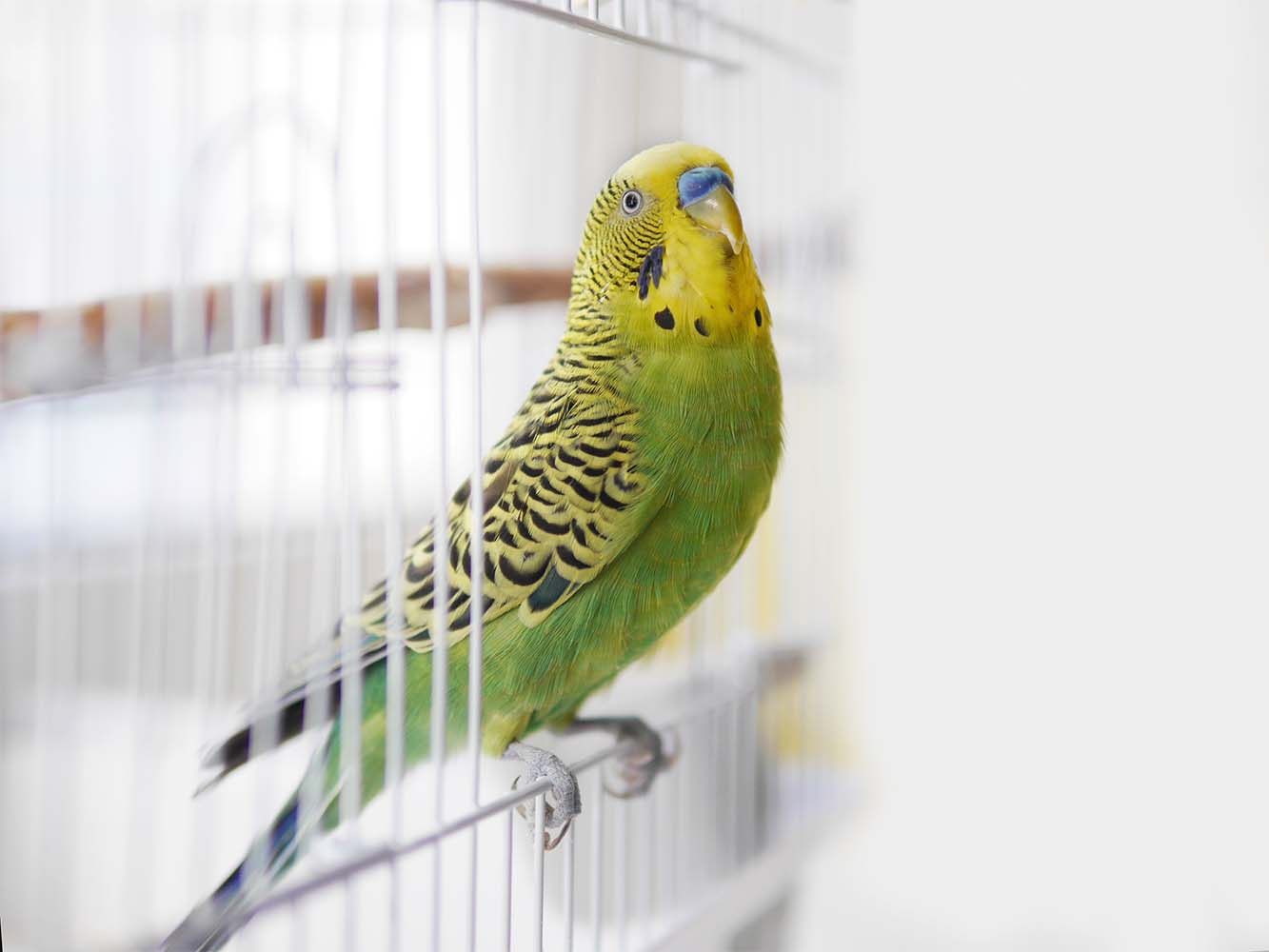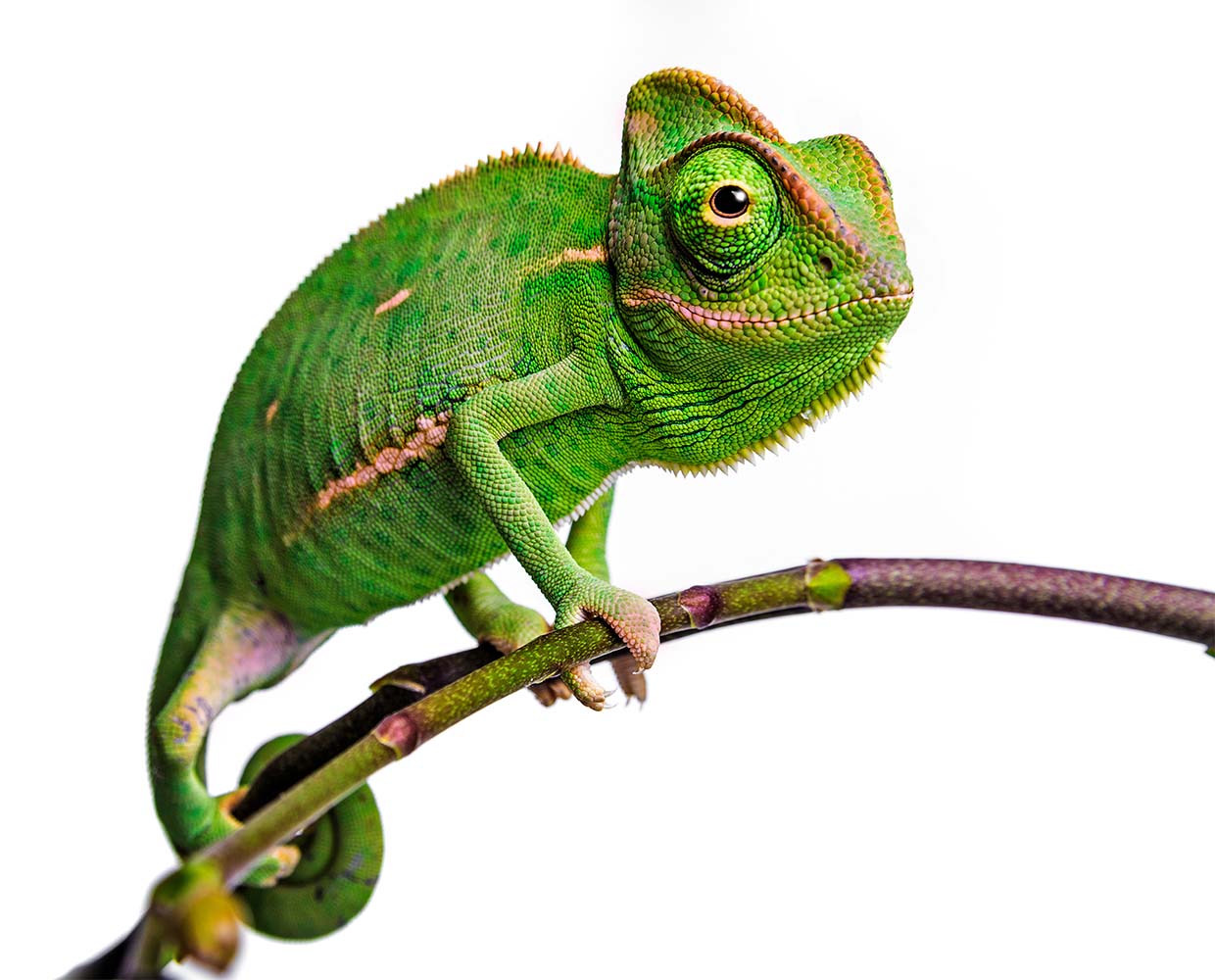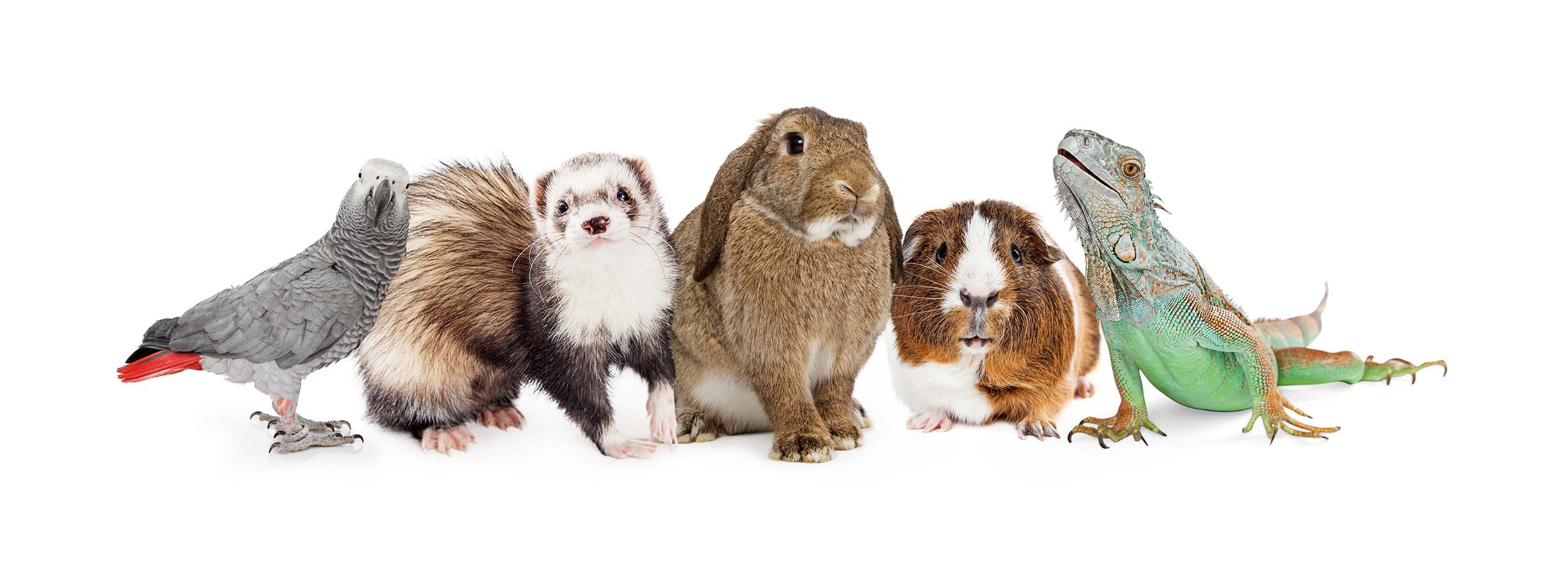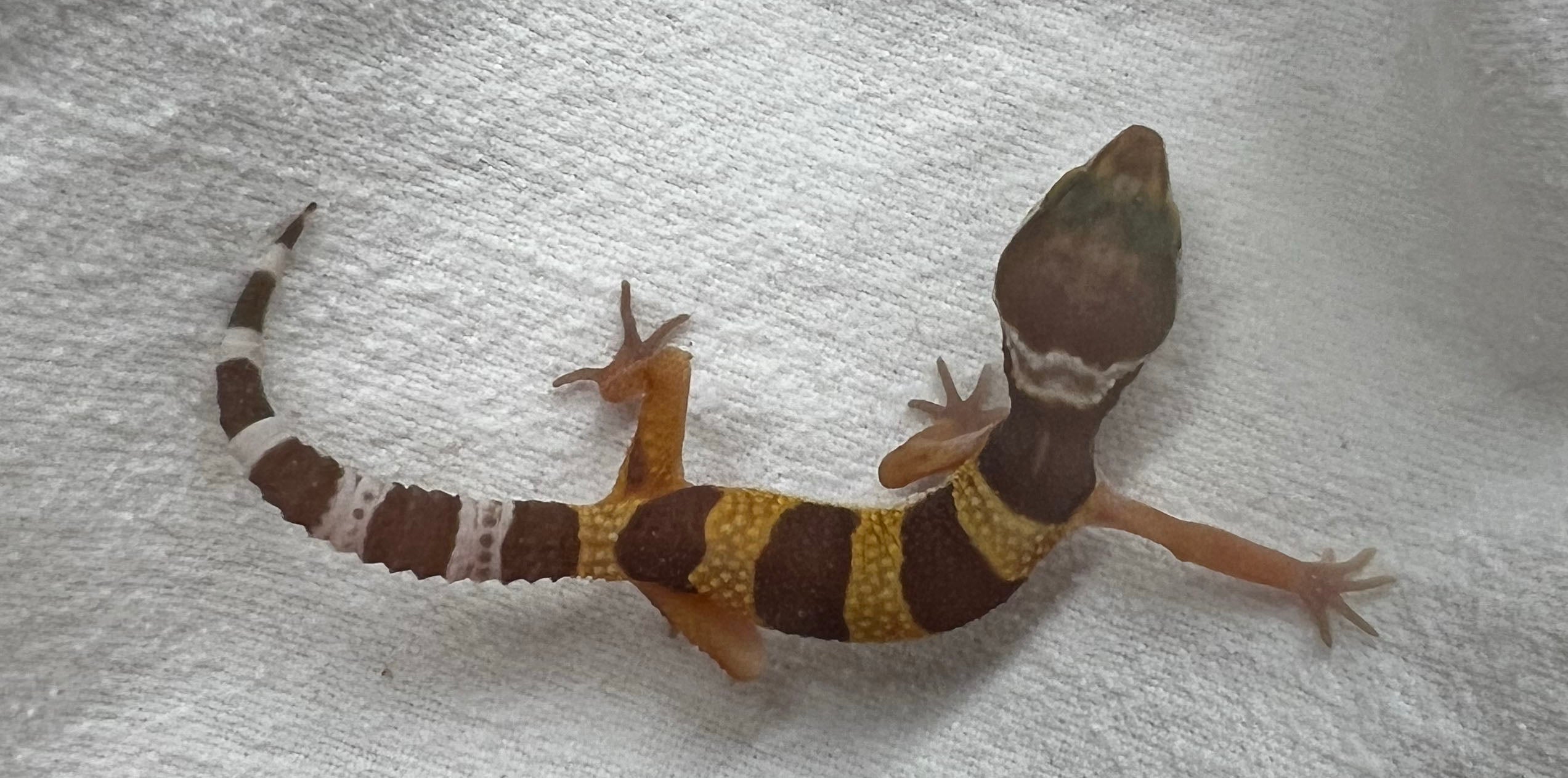
The Enchanting World of Leopard Geckos: A Guide to Their Care and Habitat
Leopard geckos, with their distinct spotted appearance and affable nature, have charmed their way into the hearts of reptile enthusiasts worldwide. These nocturnal creatures, native to the deserts of Asia, make for delightful pets, thanks to their manageable size, diverse color morphs, and relatively simple care requirements. If you're considering a leopard gecko as your next pet or just curious about their care, this guide will walk you through everything you need to know.
Understanding Leopard Geckos
Scientifically Known As: Eublepharis macularius
Lifespan: They can live up to 20 years or more with proper care, making them a long-term commitment.
Size: Adult leopard geckos typically reach 8 to 10 inches in length.
Behavior: Known for their docile temperament, leopard geckos are often comfortable being handled, making them an excellent choice for beginners.
Creating a Comfortable Habitat
Terrarium: A 20-gallon long tank is ideal for an adult leopard gecko. Younger geckos can start in smaller enclosures but will need more space as they grow.
Temperature: Being ectothermic, they require a temperature gradient in their tank - a warm side of about 88-92°F and a cooler side around 75-80°F. Use under-tank heaters and basking lights to maintain these temperatures.
Humidity: Aim for a humidity level between 30-40%. Higher humidity is necessary when they are shedding.
Substrate: Paper towels, reptile carpet, or tile are safe options. Avoid sand or loose substrate to prevent impaction.
Hide Boxes: Provide at least two hide boxes – one on the warm side and one on the cool side. A moist hide box is also essential for aiding in shedding.
Diet and Nutrition
Primary Diet: Leopard geckos are insectivores. Offer a variety of insects like crickets, mealworms, and waxworms. Waxworms should be given sparingly as they are high in fat.
Supplements: Dust the insects with calcium and vitamin D3 supplements to prevent nutritional deficiencies.
Feeding Schedule: Feed adult geckos every other day and juveniles daily.
Health and Maintenance
Shedding: They shed their skin regularly. Ensure the humidity is adequate and check for any retained skin, especially around the toes and tail.
Handling: Handle your gecko gently and infrequently to reduce stress. Never grab them by the tail, as it can detach.
Cleaning: Regularly clean the tank and change the substrate to maintain hygiene.
Health Check: Watch for signs of illness like lethargy, loss of appetite, or irregular shedding. Consult a vet experienced with reptiles if you notice any health concerns.
In Conclusion
Leopard geckos are fascinating and rewarding pets that, with proper care, can thrive for many years. Their minimal noise and space requirements make them suitable for a variety of living situations. If you're ready for the commitment, a leopard gecko can be a delightful addition to your home, bringing a touch of the wild into your everyday life.
Remember, the key to a happy and healthy leopard gecko is understanding and meeting their specific needs. With this guide, you’re well on your way to becoming a knowledgeable and caring leopard gecko owner. Happy gecko parenting!



